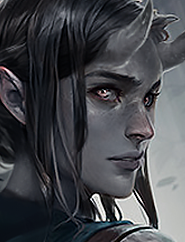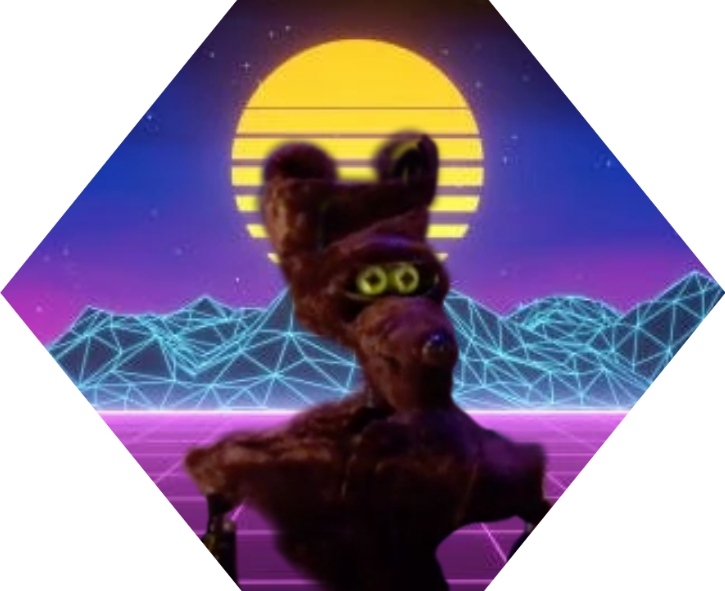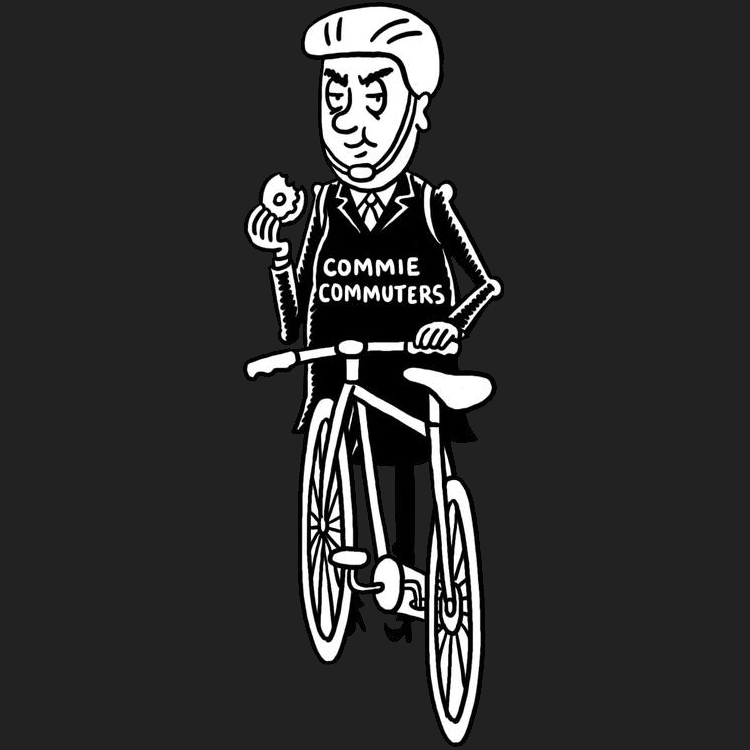g*mer influence has corrupted our culture
I agree but also don't care much. Fuck IP, everyone gets to make their better and worse versions of things, the originals aren't going anywhere.
The real crime is that smear frames are a dying art.
The real crime is that smear frames are a dying art.
I think this is an example of why enthusiasm for shit like this is a problem. Across all AI tools, there is an incentive to use it to expedite production and slap it into every process. And it's going to make highly technical and intentional work less common. It contributes to the flattening of style, to the degradation of skil, and the devaluation of labor.
It contributes to the flattening of style, to the degradation of skil, and the devaluation of labor.
Best description of the effects of capitalism this site has to offer
It's true, look at all the Tom and Jerry cartoons that got updated to 60fps. They look like shit. Look at the one Hobbit movie that was filmed in 48fps. It made people in the cinemas sick and made the acting look cheap.
There's a reason 24fps was chosen as the standard and has been the standard for almost a century at this point, and every attempt to change it has flopped.
For movies and animation of course, video games are different.
I agree, i hate that AI doesn't really know what the intentions originally were, it's like that lady who fixed the jesus portrait but automated
a vidya gayme having higher frame rates makes it better and smoother because you're playing it, you can actually feel how much more accurate your control becomes. seeing an animation in 60fps is really just a whatever, but let the g*mer perverts do what they will, not like they're going to stop :vivian-shrug:
they'll all end up in :gamer-gulag: eventually
I dunno dawg, if people like the interpolation, then they like it. You can angrily tell them why they're wrong, but its not going to stop people from 'remastering' content to make it look better to them. He even said that when he 'ruined' his own animation with interpolation AI as a joke, some people unironically liked it. So yeah, he might think its shit, but others clearly disagree.
I don't really care about animation as a medium myself, so like, I really don't care either way. The guy that made the video has something of a point about artist intent, but at the same point, once something is released to the public, you kinda gotta let it go that people are going to interpret it the way they want, even in 'wrong' ways. Like, I guess we can ridicule people that use and like it, but I dunno, I still they some people are gonna anyway.
Eh, you're right about HFCS and Ford Pickups.
But those are either sold cheaper than alternatives (or their are no alternatives at your store), or are heavily advertised for.
This AI interpolation thing is free software fans and tinkerers are applying to 'improve' their favorite products.
This is the equivalent of someone buying a bottle of straight HFCS and pouring that on their pancakes instead of maple syrup. Is it weird? Kinda, yeah, but at the same point, I just don't have any issue with people doing this if they enjoy it. Like, its all digital. It doesn't produce anything (beyond the electricity their computer would probably be using anyway). It has no health or environmental effects. They're not like, paying money to Disney or whatever, so its already better than going to see a marvel movie.
As someone who doesn't know much at all about animation, this video seemed pretty interesting.
But I had to turn it off halfway through because I'm very much over the "angry nerd" schtick on YouTube.
Agree with the overall point it seemed to be trying to make though.
I actually disagree with this guy. I think that interpolation has both negative and positive effects on animation and that with the right settings most people simply see a net positive overall compared to the negatives.
He's definitely right about smearing and artifacts generated by poor settings, especially on default dain, and that these things are incredibly noticeable when you're actively looking for them and such.
However, depending on the animation you're interpolating and the settings in use, there are definitely cases where it feels like an absolutely massive improvement. There are also however cases where it feels like an enormous negative. We've actually experimented with this A LOT because we have a weekly anime watch group where we put this to use for like a year or so, so I'm actually extremely intimate with this.
Megalo Box? Awful. It fucking destroyed this anime. Really really bad, do not interpolate.
Violent Evergarden? Absolutely gorgeous, 100% improved by interpolation.
It really depends what kind of style a show is. It can even depend on the types of shots within the show. Panning shots of landscapes for example are a large part of a bunch of shows, usually with some voiceover and they're massively improved by smoothing them out. Trigger on the other hand loves to do some really low framerate slapstick animation at times and it just would not work with interpolation.
Never use default settings, and also different settings are needed for different shows to minimise artifacting. It's not that easy to get right.
I've used these anime interpolaters and upscalers on old video game textures and cutscenes, and my conclusion is that I pretty much always have to turn the interpolation off for the cutscenes but otherwise the upscaling is good for video, and that the textures would require so much manual work to touch up, you might as well create new ones. And I don't have the time for that.
Look at the guy that did AI upscaling on the SSX games, he pretty much had to manually touch up most of them.
I'm not familiar with those. What I'm most familiar with is SVP (with various custom settings we used for different things). https://www.svp-team.com/
We experimented with Dain but it was less consistent and eventually proved impossible to use in a weekly production because of the sheer quantity of time it would take to do 10 shows per week(it's very slow to output at high quality), especially with some episodes airing the day before our weekly watch. It also really wasn't as good as SVP in many cases, it performed particularly badly on certain types of backgrounds or with animation where 3d and 2d were being mixed together and painted over at the same time. Don't get me started on animation where the scene is 3d and the camera is spinning. SVP on the other hand performed extremely well although it requires deeply understanding the settings and getting a lot of experience with it.
Most importantly though SVP can do it in realtime OR produce the video output for you to examine, allowing you to cut the parts that are bad if you want to and slice in the original animation or a version with different settings. This allowed for much quicker turnaround times than Dain with generally better results. I stress the practice and experience needed though because certain things can just get turned to shit by any interpolation at all.
Our eyes can only process so much information at a time. We had this figured out for a long time until all these new doodads and googaws showed up.
The experience of processing visual information is affected via brain plasticity. Watching a lot of 60 fps media will affect perception of 24 fps media. Then there's all the 2:3 pull down stuff that also has impacts on how the media is actually displayed, etc. There's a spectrum of perception that is dependent on various factors involved. This is also why VR only works with ~90+ fps. Now if media is created at 24 fps, and your display can show it properly at that frame rate, it will look good because the underlying process has the blurring and such inherently.
moving visual media should be displayed in the way it was created to be displayed, trying to up-framerate stuff is not usually a great idea unless your display is incapable of doing the proper framerate for the media, which is just a hardware problem
now a lot of hardware basically just doesn't do the displaying properly and papers over that with interpolation stuff, which is where this gets to be very messy
this is similar to musical tuning of 12 tone tuning systems and what is known as 'equal temperament'
24 fps doesn't easily fit into 60 fps, so you get weird visual affects if the rate scaling is handled badly
the good thing is that gamer tech known as variable refresh rate (AMD's FreeSync is the open standard) helps with doing this more properly if the display and software can work it out












